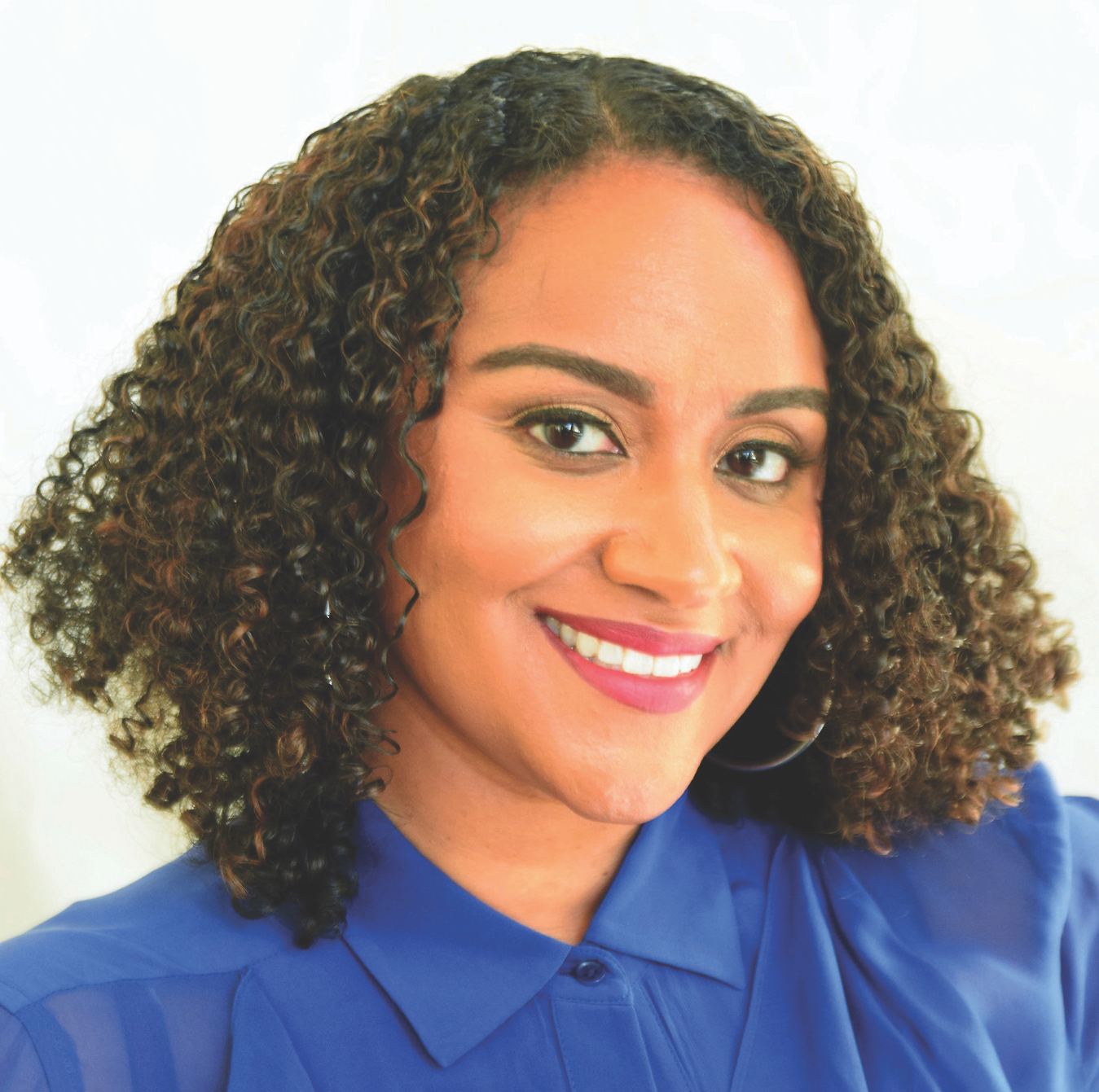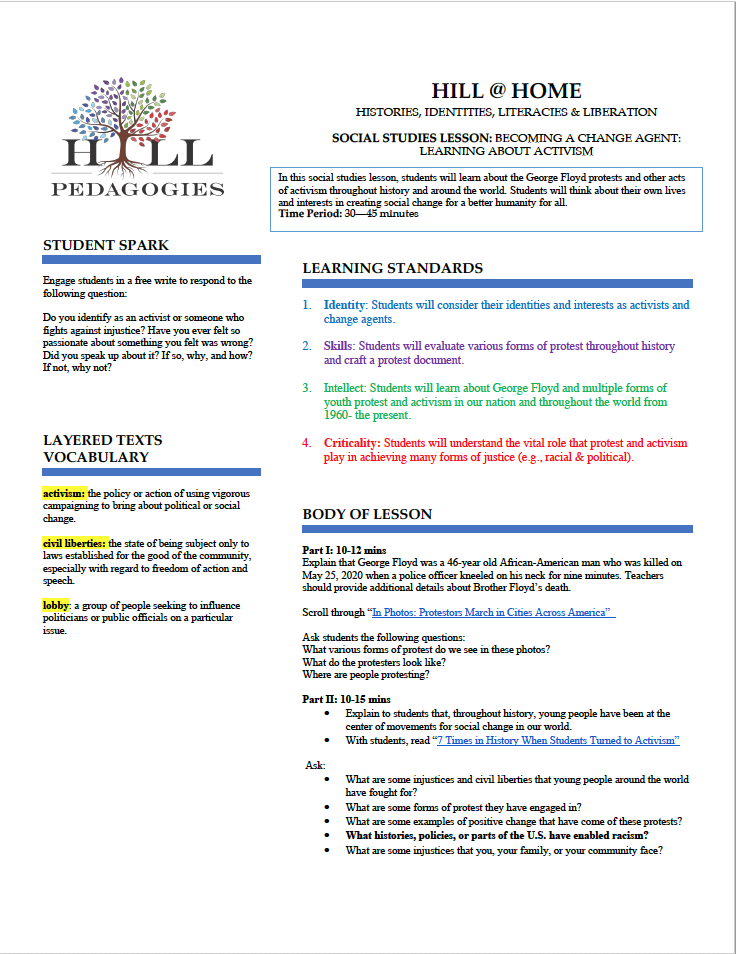
Evidence of systemic racism in American society and the education system persists in schools even in progressive cities such as New York and Chicago, where “Black and brown” students are still too often labeled as underperforming, says Gholdy Muhammad, a Georgia State University associate professor of language, literacy and culture.
“The systems that project ideas of racism and anti-Blackness and white supremacy have always been the same structures that frame our schools,” says Gholdy Muhammad, author of ¯Cultivating Genius: An Equity Framework for Culturally and Historically Responsive Literacy. “Our Black children cannot breathe within these curricula, they can’t live and learn freely.”
These structures include curriculums that give short shrift to Black history as well as hiring practices that result in teachers who don’t always reflect the demographics of their students.
More from DA: How black students are stereotyped by coverage of achievement gaps
Strict school discipline policies continue to disproportionately harm Black students while using property taxes to fund education disadvantages certain schools where property value lower, Muhammad says.
Solutions to systemic racism in schools
In her book, Muhammad writes that educators can foster anti-racism practices in schools and build equity by focusing on four principles:
- Identity: Defining self and making sense of one’s values and beliefs
- Skills: Achieving proficiencies through reading and writing meaningful content
- Intellect:¯Gaining knowledge and learning to think deeply
- Criticality:¯Developing the ability to read texts to understand power, authority and oppression
“Each time a teacher writes a lesson, they have to ask themselves ‘How will my instruction help students learn something about themselves and about the truth and knowledge of people who are different?'” Muhammad says. “‘How will my instruction engage and advance students’ ideas of equity and anti-oppression?'”
In promoting these four skills, teachers can provide students with examples of youth activism throughout history as well as the role of protests in confronting multiple forms of injustice.
More from DA: Study shows inequitable pathways to education leadership
Students can also learn about various forms of activism, such as writing letters to elected officials, discussing social justice with their families, spreading anti-racist messages on social media and not spending money in businesses they believe contribute to oppression.

“When you teach all four, you’re teaching the whole child, you’re teaching students to be anti-racist,” Muhammad says. “You’re teaching students not to be neutral on oppression and to disrupt it when they see it.”
Advancing anti-racism in instruction
Anti-racism can’t be “tokenized” as a short discussion at the beginning of a class. It must be embedded in instruction in all subjects, from ELA to social studies to math and science, Muhammad says.
Another key to creating anti-racist environments is for educators to become comfortable saying the word “racism” and discussing the Black Lives Matter movement, Muhammad says.
“Don’t gloss over racism,” she says. “Believe it or not, some teachers have not even spoken George Floyd’s name in their remote learning, nor have they created spaces for kids to respond to what has happened.”
More from DA: Superintendents chart new courses for combatting racism
Administrators also have to be deliberate about seeking out candidates of color when recruiting teachers and promoting educators, and also look for teachers willing to create equitable environments.
For example, a principal could ask a teaching candidate, “How would you create an anti-racist math curriculum?”
“If we’re going to transform schools, we have to start with standards, curriculum, assessments, and teacher evaluation,” Muhammad says. “Teachers and administrators have to actively disrupt and interrupt racism every day in their leadership and their curriculum.”







